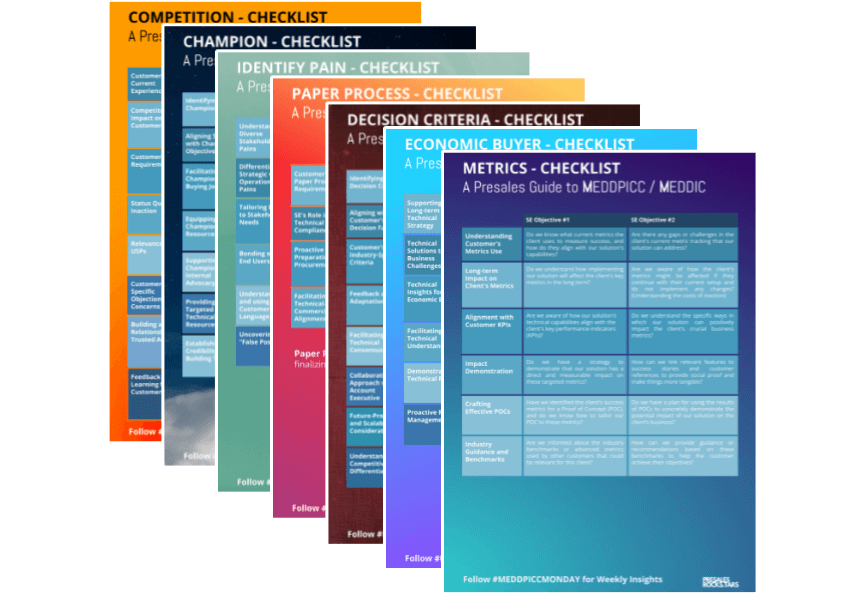The importance of avoiding monologues and a good „Talk-to-Listen“ Ratio
In one of the previous articles we have covered the ideal duration of your software demonstration. Furthermore, extensive data analysis has revealed that winning demos stimulate conversations, especially during the second half of your demo. Still, you might be wondering what is the right ratio between you and your audience talking.
In demo slang, this KPI is called „Talk-to-Listen Ratio“ and one important benchmark to assess your demo performance. Remember it is all about retaining your audience’s attention. Talking for more than 10 minutes straight, I promise to you no one will be listening anymore to your demo. Especially in remote demo setups people will get distracted easily if you don’t interact with them on a regular basis.
According to Gong.io, who have gathered insights from more than 67.000 software demonstrations , the optimal “Talk-to-Listen Ratio” is 65:35%! Meaning your audience is talking, and asking you questions 35% of the time!
This ratio does not differ between good and bad demos, hence we cannot draw back any conclusions from this. However, Gong.io identified an interesting pattern comparing winning demonstrations with bad ones. Whereas both approaches are very “presales talking heavy” (65%), the audience has a say every 76 seconds during a great demo session. In less successful demos, the presenter kept on talking for avg. 106 seconds without any interaction.
In other words: Amongst those 67.000 demos (!), there was not a single winning demo where the presales -rep kept talking for more than 76 seconds on average, without engaging with their audience!
Take-Away: Deliver your demo in short sprints and allow for more speaker switches, rather than doing a feature heavy marathon!
This does also resonate with insights shared by Jason Teatek from Rule the Room Public Speaking, who encourages demonstrators chatting to their audience more than a dozen times per hour – which means a speaker switch less than every 50 seconds.
Key take-away: proactively engage with your audience roughly once per minute! Getting lost in details leads to monologues. Ultimately, people will lose their interest if you do not engage with them frequently. Reset their attention and make clear that this is an interactive session; ideally, they should have a say 1/3 of the time, especially during the second half of the demo.
I strongly recommend taking a look at how to use visual learning to structure your demo and manage complexity. The urge to show every single feature and detail is one of the most common mistakes and automatically leads to monologues and information overflow. Its not a one-man show, its all about your customer and what they perceive as valuable!





